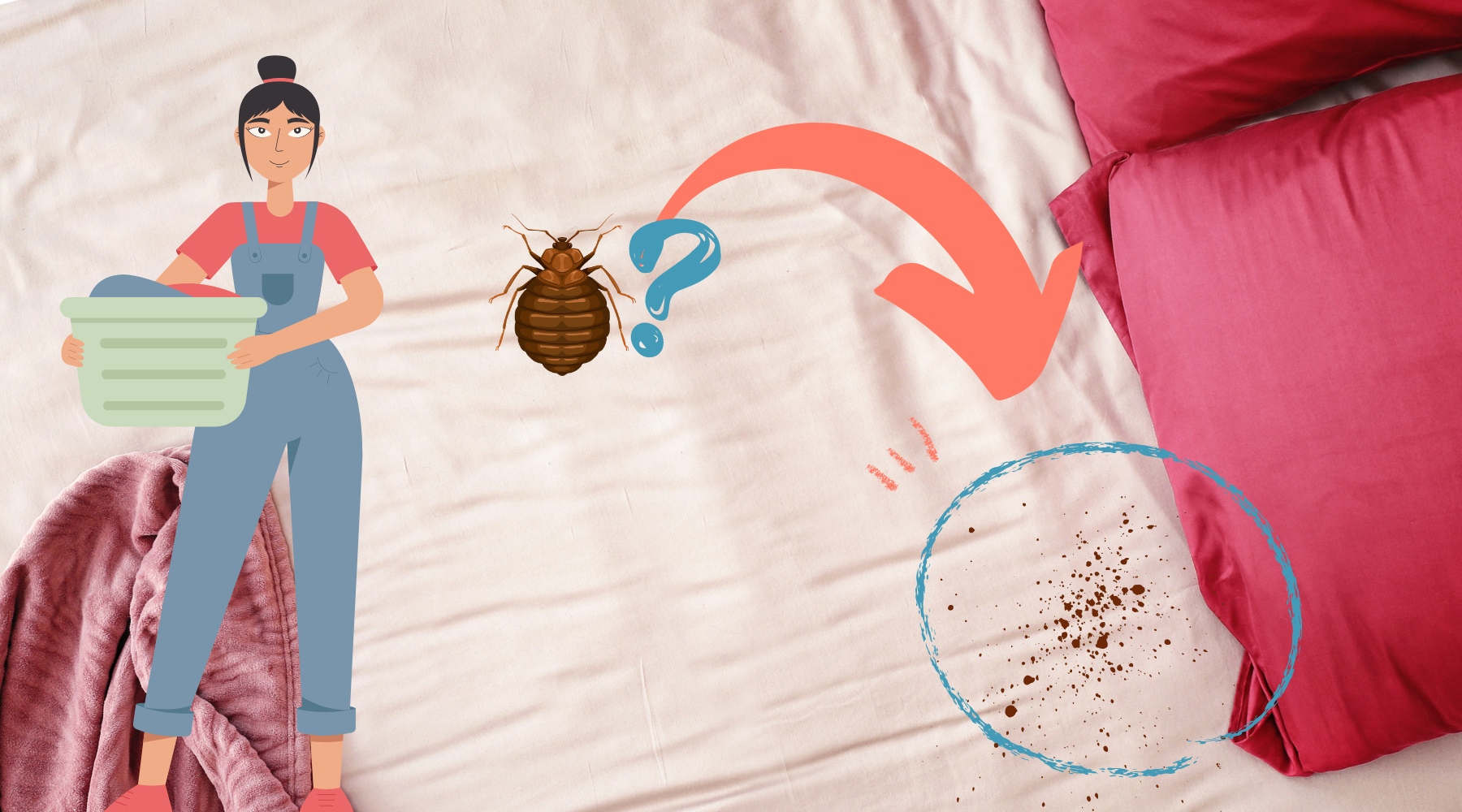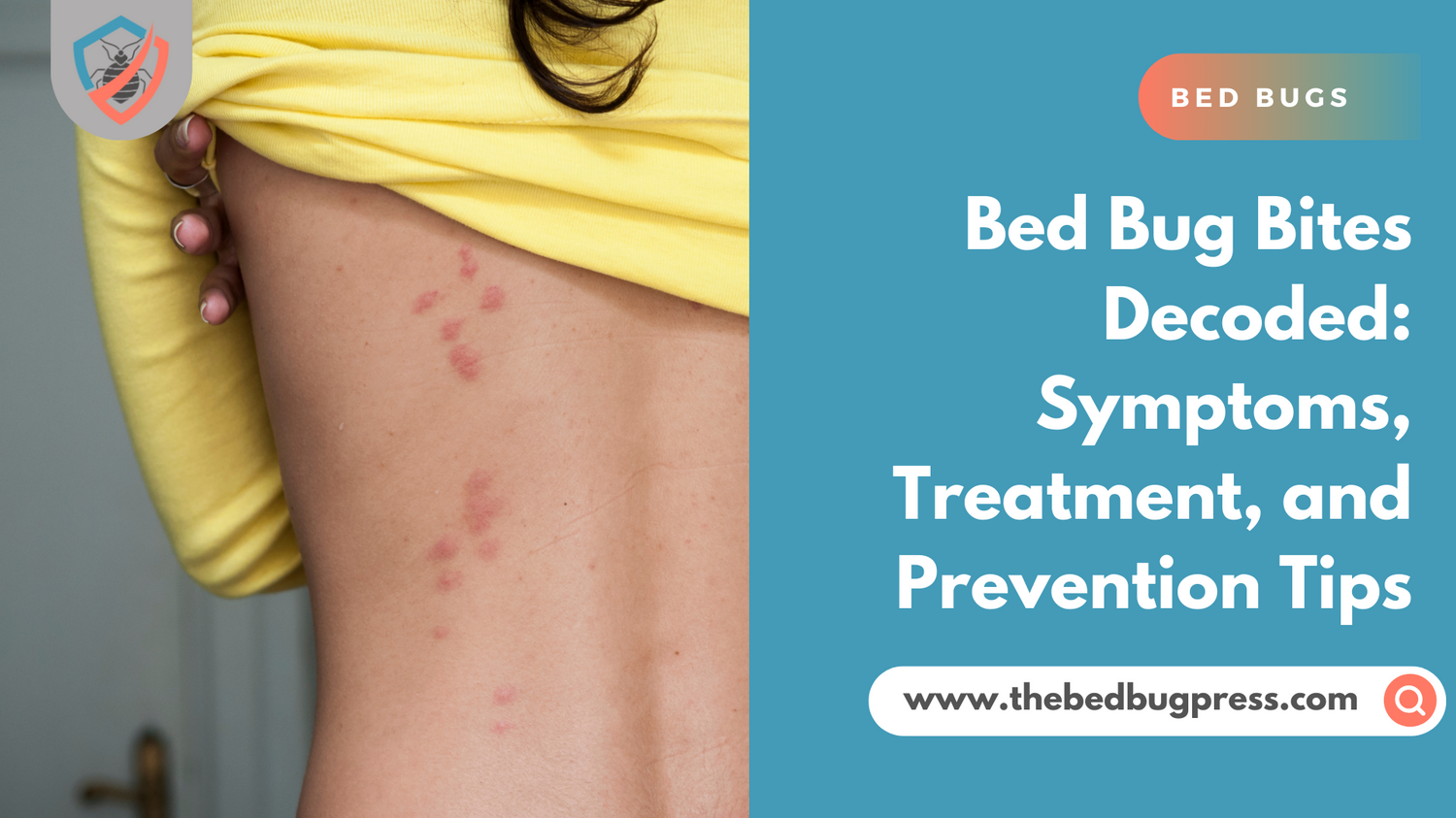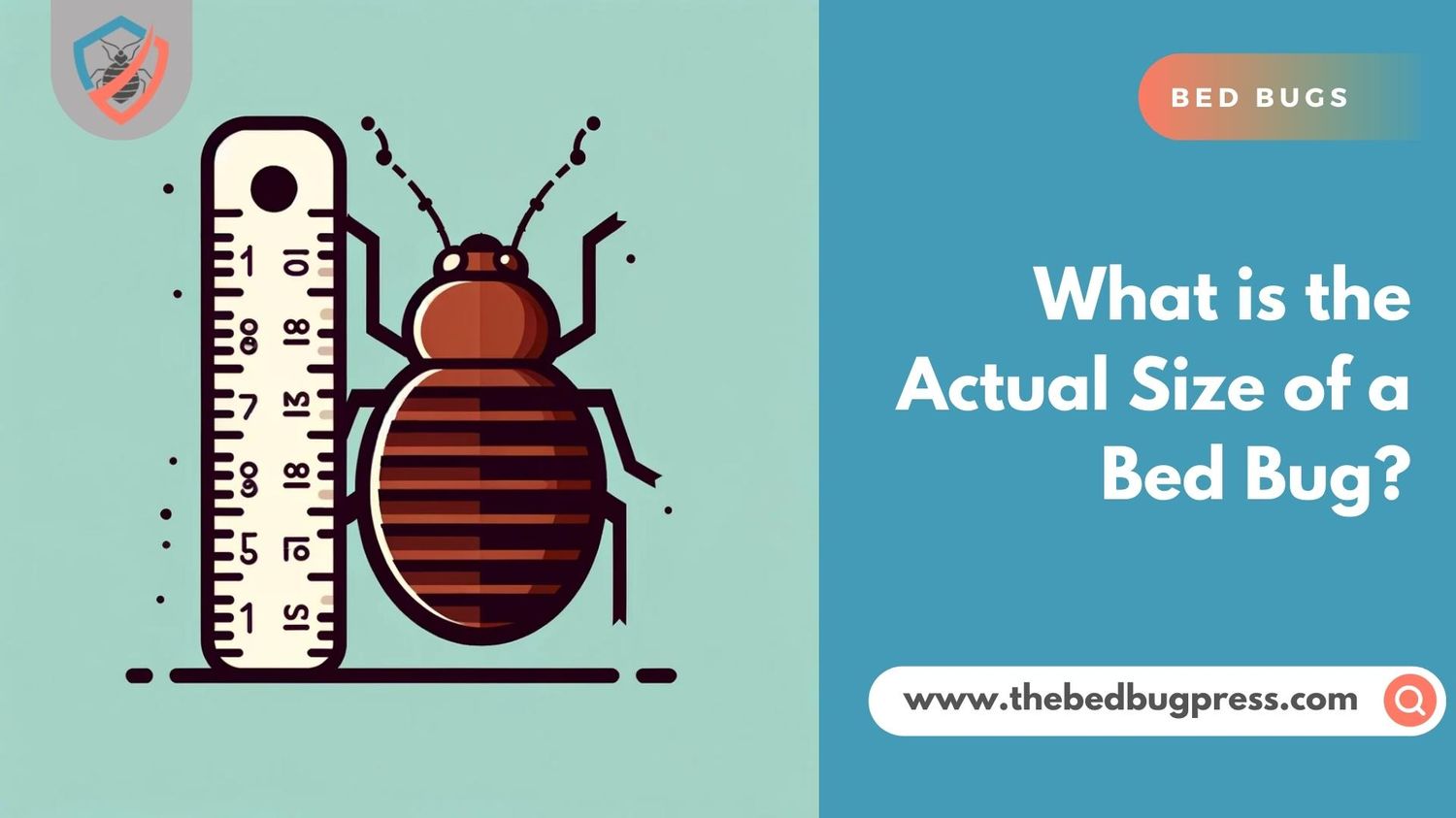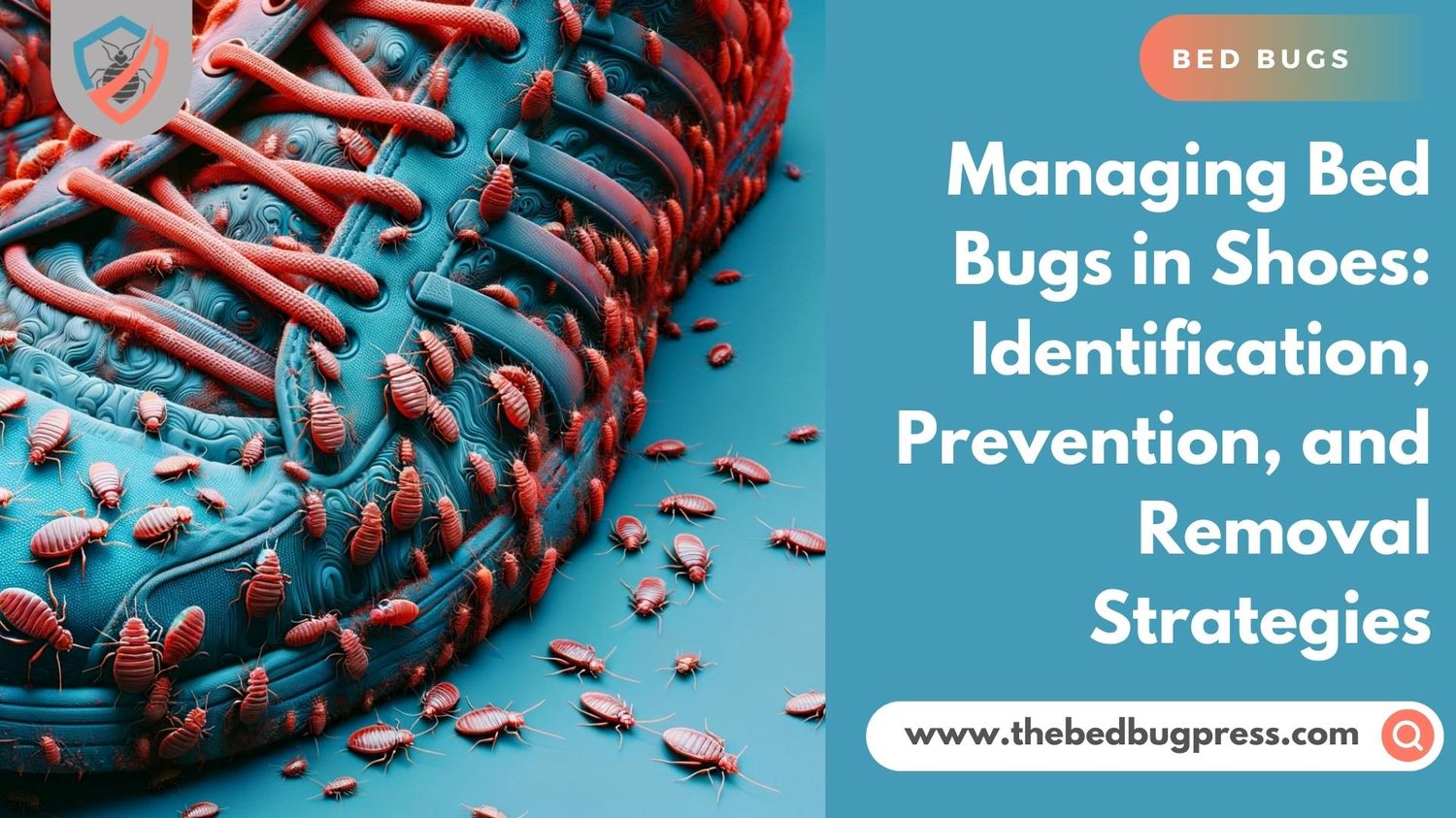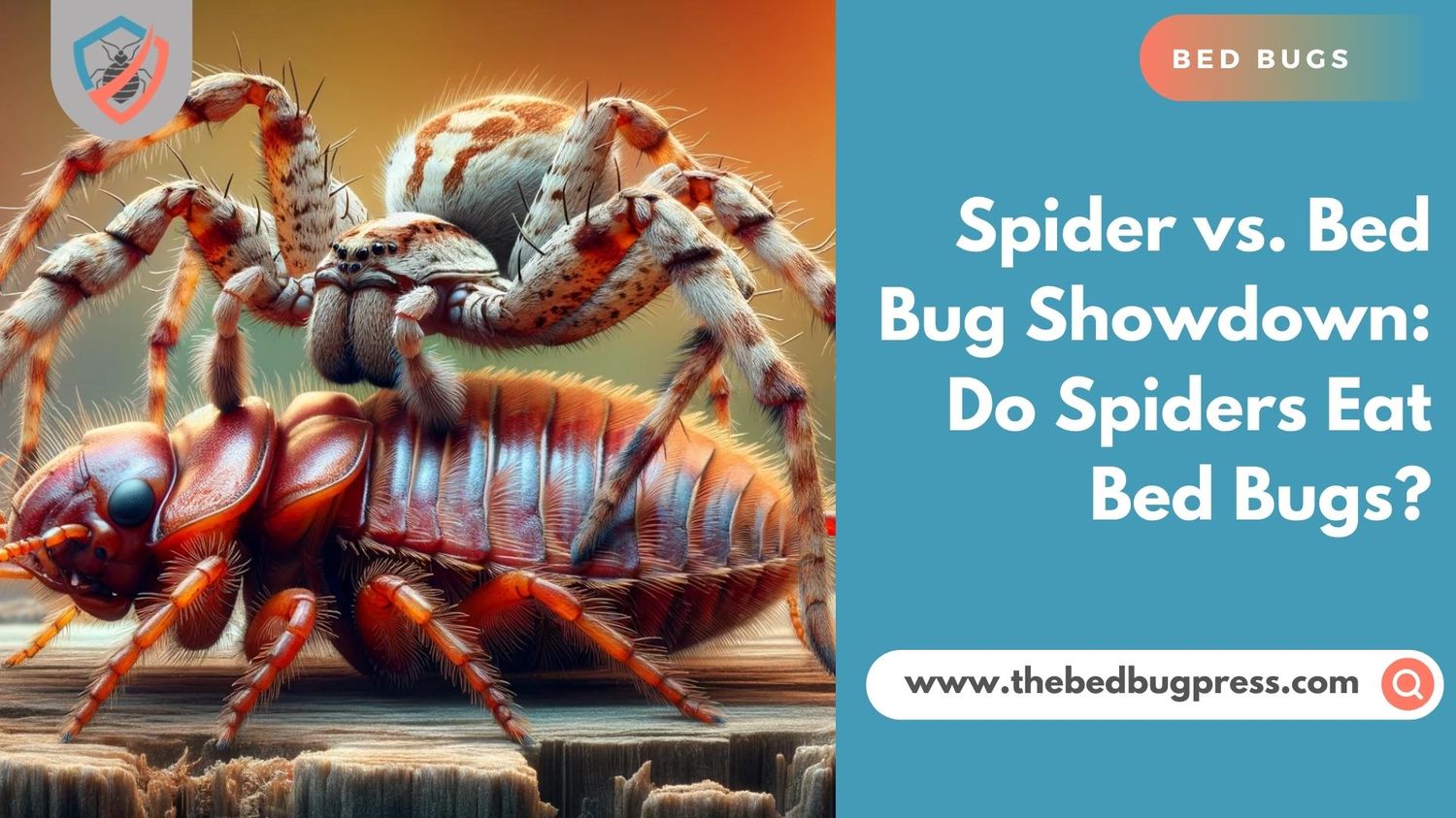Discovering bed bug stains on sheets is unsettling. These marks indicate an infestation and are difficult to remove. Such stains can either be from bed bug poop or your blood after a blood meal, which you can confirm when you get bed bug bites.
However, with the right approach, tools, and patience, it’s possible to restore sheets to their original clean state. Unlock the secrets to effective stain removal and reclaim peace of mind with this comprehensive guide.
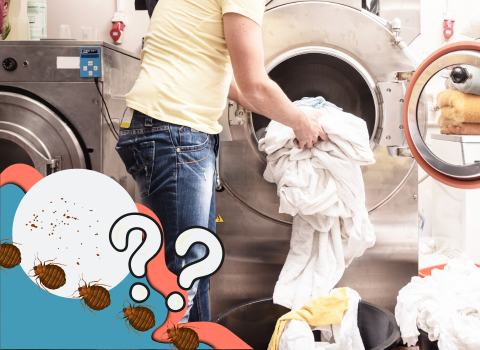
To Toss or Not to Toss: What to Do with Sheets After a Bed Bug Infestation
Bed bug infestations can be a nightmare, leaving homeowners with the tough decision of what to do with their infested items. Of all these, sheets are commonly affected the most. The dilemma: discard or keep?
Evaluate the Level of the Infestation
Understanding the severity of the infestation is crucial in deciding whether to keep or dispose of sheets. A minor infestation may be manageable with thorough cleaning and treatment, while severe cases might necessitate disposal.
Consider the Cost of Replacement
The cost of replacing sheets can be significant. Weigh the cost of professional cleaning or DIY treatment against purchasing new sheets.
Evaluate the Effectiveness of Treatment Options
There are various methods to treat infested sheets, from washing and drying at high temperatures to using specialized bed bug treatments. Consider the effectiveness of these solutions before deciding.
Understand the Risks of Keeping Infested Sheets
Keeping infested sheets carries the risk of a recurring infestation. Understand this risk and take necessary precautions if choosing to keep the sheets.
Bed bug infestations are undoubtedly stressful, but understanding the options can help make the decision-making process easier. Whether to toss or keep the sheets, the goal is to ensure a bug-free, comfortable living space.
Are Bed Bug Stains Permanent?
No, bed bug stains are not permanent. They can be a nuisance and seem stubborn, but they can be effectively removed. These stains, which are typically dark or rusty spots, are the result of bed bug droppings or blood spots.
They are protein-based stains, meaning they can be treated with enzymes or products designed to break down proteins. Pre-treating the stains with a laundry stain remover, followed by washing the sheets in hot water with a strong detergent, often yields satisfactory results.
However, it’s important to note that the process may need to be repeated for particularly stubborn stains. Always inspect the sheets after washing and before drying, as heat can set protein-based stains, making them more difficult to remove.
If stains persist after washing, repeat the pre-treatment and washing process. With patience and the right techniques, bed bug stains can be completely removed from sheets, restoring them to their original clean state.
Step-by-Step Instructions for Removing Bed Bug Stains from Sheets
Bed bug stains on sheets are not only unpleasant to look at, but they also signify an unwelcome guest in the home. Fortunately, these stains can be removed with some hard work and the right techniques.
Identify the Stains
First, correctly identifying the stains as those caused by bed bugs is key. These stains are typically rusty or dark brown, often appearing in clusters or lines.
Gather Necessary Supplies
Removal of bed bug stains requires certain supplies, including a laundry detergent that’s strong on stains, cold water, and a soft brush.
Pre-Treat the Stains
Before washing, pre-treat the stains. Dampen the stained area with cold water and apply a generous amount of laundry detergent. Gently scrub with a soft brush to work the detergent into the fabric.
Wash the Sheets
After pre-treatment, wash the sheets in a washing machine. Use the hottest water setting recommended for the fabric type to help kill any remaining bed bugs.
Check for Remaining Stains
After washing, inspect the sheets for remaining stains before drying. If stains persist, repeat the pre-treatment and washing process.
Dry the Sheets
Once all stains are removed, dry the sheets on the highest heat setting recommended for the fabric. This will help ensure any surviving bed bugs are killed.
Removing bed bug stains from sheets may require patience and persistence, but it’s certainly possible. With these step-by-step instructions, those unsightly stains can become a thing of the past, restoring comfort and peace of mind.
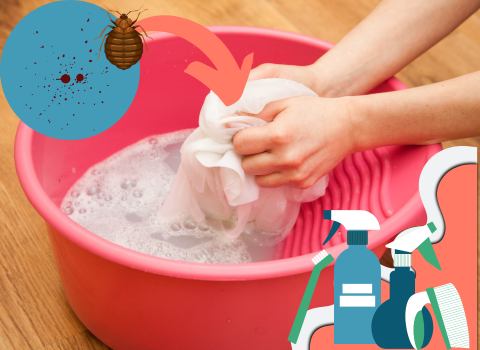
Can You Really Get Bed Bug Stains Out of Your Sheets? Let’s Find Out!
Bed bug stains on sheets can be a disconcerting sight, leading many to wonder if they can truly be removed. These stains, usually rusty or dark brown, are the result of bed bug excrement and blood spots. While they may seem stubborn, the good news is that they can indeed be effectively removed.
Understanding Bed Bug Stains
To tackle these stains, it’s important first to understand their nature. Bed bug stains are protein-based stains, which means they can be treated with enzymes or products designed to break down proteins.
Effective Stain Removal Techniques
Several methods have proven effective in removing bed bug stains. Pre-treating the stains with a laundry stain remover, followed by washing the sheets in hot water and a strong detergent, often yields reliable results.
Prevention is Better Than Cure
While dealing with bed bug stains is possible, preventing them in the first place is even better. Regular inspection for signs of bed bugs, proper cleaning, and immediate action at the first sign of infestation can help prevent these unwanted stains.
So, can bed bug stains be removed from sheets? The answer is an emphatic yes. With the right knowledge and tools, those unsightly stains can be eradicated, bringing back the clean, comfortable sheets everyone deserves.
Cleaning 101: Effective Cleaning Supplies to Erase Bed Bug Fecal Stains from Your Sheets
Bed bug fecal stains on sheets are not only unsightly but also a sign of an unwelcome intruder. To effectively remove bed bug stains, the right cleaning supplies are essential.
Laundry Stain Remover
A laundry stain remover is a must-have in your cleaning arsenal. Choose one that’s designed to tackle protein-based stains for the best results.
Cold Water
Cold water is recommended for pre-treating bed bug fecal stains. Unlike hot water, it doesn’t set protein-based stains, making them easier to remove.
Soft Brush
A soft brush is useful for working the stain remover into the fabric during pre-treatment. It helps clean bed bug stains by lifting the stain without damaging the fabric.
Strong Detergent
A strong detergent is necessary for washing the sheets after pre-treatment. It aids in removing any remaining stain residue and killing bed bugs.
Washing Machine
A washing machine with a hot water setting is crucial. The heat from the water helps eliminate any surviving bugs and aids in stain removal.
Dryer
Finally, a dryer with a high heat setting is needed to ensure the complete eradication of any remaining bed bugs.
Armed with these effective cleaning supplies, removing bed bug fecal stains from sheets becomes a manageable task. With patience and persistence, those stained sheets can be returned to their original, clean state.
Home Remedies for Removing Bed Bug Stains from Sheets and Comforters
It can be a nuisance when bed bugs leave stains on sheets and comforters, but there’s no need to despair. There are several home remedies available that can effectively remove bed bug stains.
Vinegar Solution
A solution of white vinegar and water can be an effective pre-treatment for bed bug blood stains. The acidity in the vinegar helps break down the protein-based stains.
Baking Soda Scrub
Baking soda is a natural stain remover. Make a paste with baking soda and water, apply it to the stain, and gently scrub with a soft brush. Rinse thoroughly before washing.
Lemon Juice
The citric acid in lemon juice can also help in removing stains. Apply the juice directly to the stain, let it sit for a few minutes, then rinse with cold water before washing.
Hydrogen Peroxide
For stubborn stains, hydrogen peroxide can be used. However, it may bleach certain fabrics, so test on an inconspicuous area first.
While bed bug droppings or blood stains can be challenging to remove, these home remedies offer practical and cost-effective solutions. With a bit of time and patience, your sheets and comforters can be restored to their clean, comfortable condition.
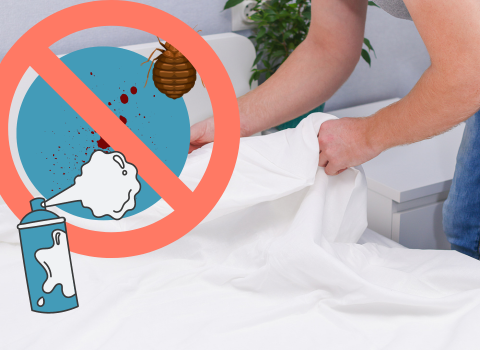
How to Disinfect Sheets to Prevent Bed Bugs from Coming Back
After successfully removing bed bug blood stains or bed bug droppings stains, it’s crucial to take steps to disinfect sheets and prevent a recurrence. Here’s a step-by-step guide on how to do just that.
High Heat Washing
Begin by washing your sheets in hot water. The high temperature not only helps with stain removal but is also effective in killing any remaining bed bugs.
Use a Strong Detergent
A strong detergent can help further cleanse the fabric and reduce the chances of bed bugs returning.
Heat Drying
After washing, dry your sheets on the highest heat setting that’s safe for the fabric. This step is essential as the high heat can kill any bed bugs that survived the wash.
Steam Cleaning
If available, a steam cleaner can be a useful tool. Steam cleaning your sheets can kill bed bugs and their eggs, providing an extra layer of protection.
Encase Mattress and Box Spring
Use bedbug-proof covers for your mattress and box spring to prevent future infestations. These encasements are designed to trap existing bed bugs and prevent new ones from infesting your bed.
Regularly Inspect Your Bed and Room
Regular inspections can help catch a new infestation early. Check for signs of bed bugs like bed bug poop stains, bed bug eggs, molted skin, and bites, especially near the bed.
Disinfecting your sheets and taking preventive measures are key steps in ensuring bed bugs don’t make a comeback. By following these steps, you can enjoy a clean, comfortable, and bed-bug-free sleep environment.

